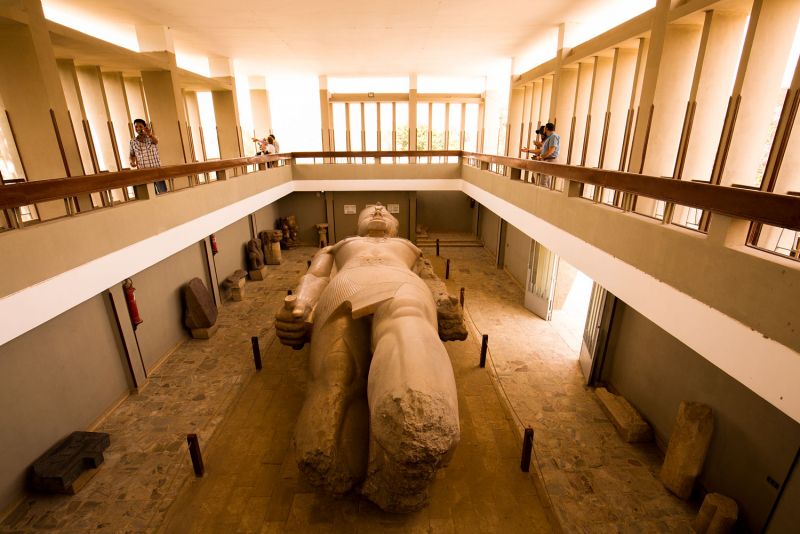Memphis, Egypt was once a bustling hub of activity. It was known as the ‘City of a Thousand Tombs’ and was the capital of Ancient Egypt for over three hundred years. The city was home to some of the most impressive ancient architecture, including the Great Pyramid of Giza and the Sphinx. Today, Memphis is a shadow of its former self. The city has been abandoned and is now nothing more than a tourist attraction. However, there is still much to learn from this ancient civilization. In this blog post, we will explore the history of Memphis and its impact on the world today.
The History of Memphis, Egypt
Memphis, Egypt is one of the oldest cities in the world, with a history that dates back to the early Dynastic Period (c. 3100 BCE). The city was founded by the Pharaoh Menes, who unified Upper and Lower Egypt, and it served as the capital of the country for over three millennia.
The early history of Memphis is closely intertwined with the rise of Egyptian civilization. The city was a center of trade and commerce, as well as a hub of art and culture. It was also home to some of Egypt’s most important religious temples, including those dedicated to the gods Ptah, Re-Atum, and Isis.
During the New Kingdom period (c. 1550-1070 BCE), Memphis reached its height of power and influence. The city was expanded by the Pharaohs Ramesses II and Amenhotep III, and many magnificent monuments were built during this time. The famous Temple of Ptah, which housed the statue of the god Ptah (and which was considered one of the wonders of the ancient world), was constructed during this period.
The Pyramids of Memphis
The Pyramids of Memphis were built over 4,500 years ago and are some of the most well-known structures in the world. The city of Memphis was the capital of Ancient Egypt for over 3,000 years. It was founded by King Menes in around 3100 BC.
There are a total of nine pyramids in Memphis, six of which were constructed during the Old Kingdom period. The three largest pyramids were built for Pharaohs Khufu, Khafre, and Menkaure. These pyramids are also known as the Great Pyramids of Giza.
In ancient times, the Pyramids of Memphis were considered to be one of the Seven Wonders of the World. They continue to be popular tourist destinations today and are one of the most recognizable symbols of Ancient Egyptian civilization.
The Sphinx of Memphis
The Sphinx is a massive limestone statue of a creature with the body of a lion and the head of a human. It was built by the ancient Egyptians in around 2500 BC and is located near the Giza Pyramids in Memphis, Egypt. The Sphinx is one of the most famous landmarks in Egypt and is a popular tourist destination.
The Temples of Memphis
The Temples of Memphis were some of the most impressive structures in all of ancient Egypt. The temple complex at Karnak was the largest and most famous, but the temples at Luxor, Abydos, and Edfu were also very popular. These temples were not only places of worship, but also served as political and economic centers for the city.
Modern Memphis
Modern Memphis is a bustling city with a population of over 1.5 million people. It is the capital of Egypt and the largest city in the country. Memphis is home to many ancient and modern sites, including the Great Pyramid of Giza, the Sphinx, and the Valley of the Kings.
Memphis was founded by the ancient Egyptians in around 3000 BC. It was originally known as Men-nefer, which means “the beautiful place”. The city was the capital of Egypt for over three millennia and was known as the “City of a Hundred Gates”.
Today, Memphis is a thriving metropolis with a rich culture and history. While it is no longer the political or economic center of Egypt, it remains an important cultural hub. Visitors to Memphis can explore its many historical sites, shop in its vibrant markets, and enjoy its delicious food.
The ancient civilization of Memphis Egypt was one of the most advanced and influential cultures of its time. From its impressive architecture to its highly developed system of government, Memphis left a lasting impression on the world. Today, we can still learn from the example set by this incredible civilization.




Comment (0)